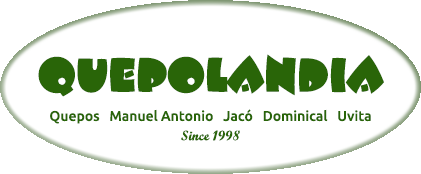PRESENTE, PASADO y FUTURO. Again.
By Os ¡Hola amigos! ¿How is everything going? Last article was brutal, I know. Too many boxes and endings. So today I am gonna present you the three tenses we learn last month in an easy format that you may like it. Check it out: (Remember that for future tense
Read More